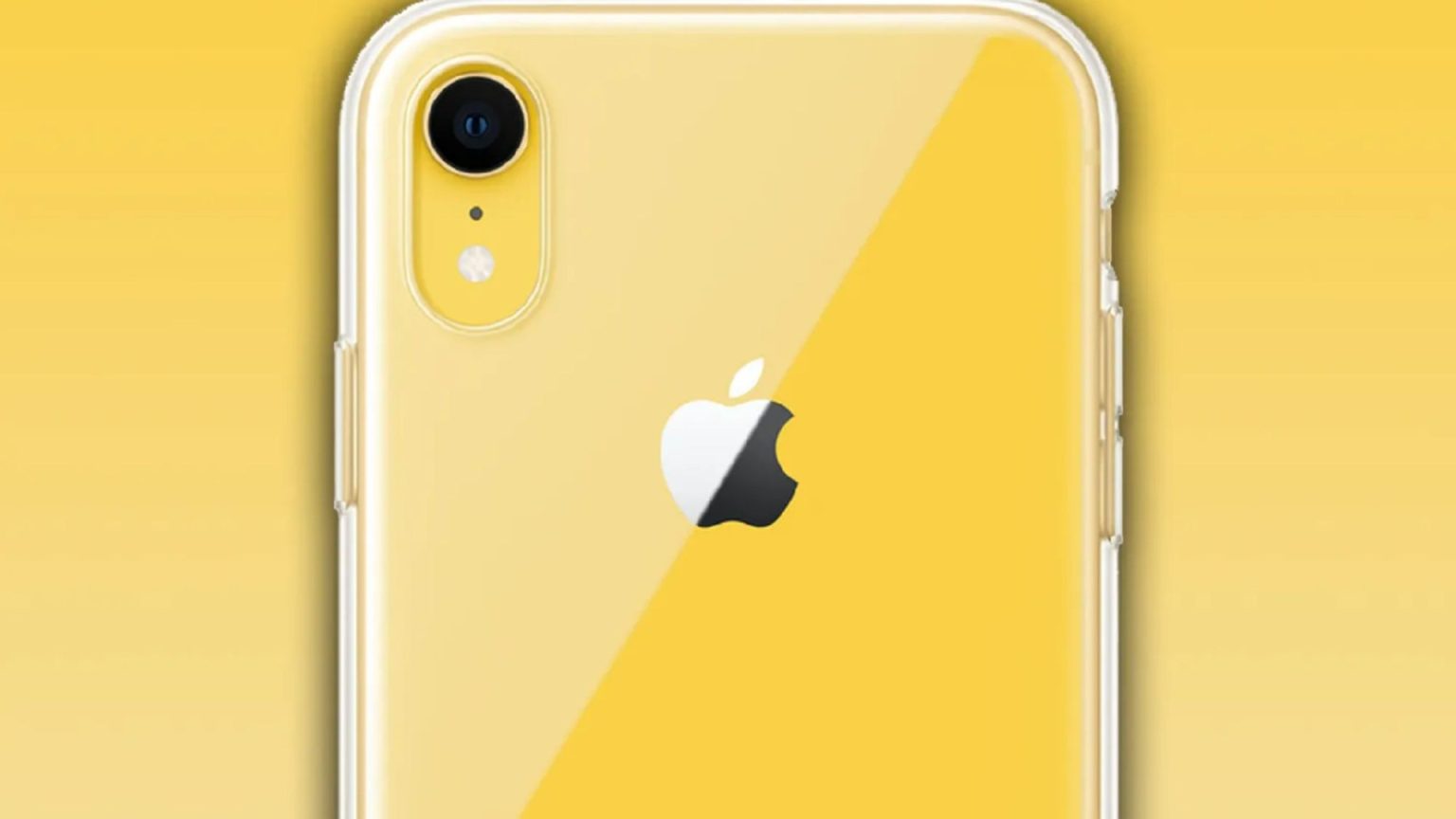The Imminent Arrival of the iPhone SE 4: A Budget-Friendly Powerhouse
Apple is poised to unveil its latest budget-friendly smartphone, the iPhone SE 4, in the coming weeks, marking the fourth iteration of the popular SE series. This launch, anticipated to coincide with the release of iOS 18.3, is rumored to occur as early as January, significantly earlier than the typical March or April release window for previous SE models. This accelerated timeline is potentially driven by Apple’s recent decision to discontinue sales of the iPhone SE 3 within the European Union, creating a demand for an affordable iPhone option in the region.
The iPhone SE 4, potentially also marketed as the iPhone 16E, is expected to inherit the design aesthetics of the iPhone 14, albeit with a single 48-megapixel rear camera. Unlike its predecessor, the new SE model is rumored to boast a more powerful A-series chip and 8GB of RAM, empowering it to handle the demands of Apple’s latest intelligence features. This combination of a familiar design, updated internals, and a competitive price point positions the SE 4 as an attractive option for budget-conscious consumers.
One significant change anticipated with the SE 4 is the complete transition to Face ID, marking the end of the Touch ID fingerprint scanner in Apple’s budget lineup. This shift aligns the SE series with Apple’s flagship models, offering a unified user experience across the entire iPhone range. While some users may lament the loss of Touch ID, the adoption of Face ID brings enhanced security and convenience to the SE line.
The pricing of the iPhone SE 4 remains speculative, but considering the iPhone SE 3’s price range of $429/£449 to $579/£609, a slight price increase seems plausible. This would still position the SE 4 significantly lower than the iPhone 14 Pro’s $999/£1,099 price tag, maintaining its appeal to budget-conscious consumers seeking a modern iPhone experience without the premium price.
A Deep Dive into Apple’s Face ID Technology
Apple’s Face ID, the facial recognition technology slated for the iPhone SE 4, utilizes a sophisticated combination of sensors and algorithms to securely and seamlessly authenticate users. The process begins with the phone assessing the ambient light to determine the optimal illumination for facial scanning. Subsequently, it projects over 30,000 invisible infrared dots onto the user’s face, creating a detailed 3D map.
An infrared camera captures the pattern of these projected dots, enabling the phone to identify unique facial features, such as cheekbone shape and inter-eye distance. This captured data is then compared to the stored facial data on the device. A score between 0 and 1 is computed, with a score closer to 1 indicating a higher probability of a match.
Apple claims a remarkable one-in-a-million chance of an unauthorized user unlocking an iPhone with Face ID, significantly bolstering security compared to the one-in-50,000 chance of spoofing Touch ID. While instances of Face ID being tricked by twins have been reported, the technology remains a significantly more secure biometric authentication method than its fingerprint-based predecessor.
The iPhone SE 4: Bridging the Gap Between Affordability and Innovation
The iPhone SE 4’s expected arrival promises a compelling blend of affordability and cutting-edge technology. By incorporating features like the A-series chip, ample RAM, and Face ID, Apple is bringing flagship-level capabilities to a more accessible price point. This strategy allows a broader audience to experience the latest iOS advancements and enjoy the seamless integration within the Apple ecosystem.
The discontinuation of the iPhone SE 3 in the EU suggests a strategic move by Apple to streamline its product offerings and create a clear distinction between its budget and premium models. The SE 4 fills the void left by the SE 3, providing consumers with a contemporary iPhone option without the premium price tag associated with the flagship models.
The rumored January launch window, earlier than previous SE releases, indicates Apple’s responsiveness to market demands and its commitment to maintaining a competitive presence in the budget smartphone segment. This timely release ensures that consumers in the EU, and globally, have access to an affordable and up-to-date iPhone option.
A Strategic Move in the Budget Smartphone Arena
Apple’s decision to release the iPhone SE 4 is a strategic move to solidify its position in the increasingly competitive budget smartphone market. By offering a compelling blend of affordability, performance, and modern features, Apple aims to attract a wider audience, including first-time iPhone buyers and those seeking a cost-effective upgrade.
The inclusion of Face ID, previously exclusive to premium models, demonstrates Apple’s commitment to democratizing advanced technology and providing a consistent user experience across its entire iPhone lineup. This move not only enhances the security and convenience of the SE series but also reinforces the perceived value proposition of the budget model.
The anticipated early release of the SE 4 further underscores Apple’s proactive approach to addressing market dynamics and maintaining a competitive edge. By responding to the demand created by the discontinuation of the SE 3 in the EU, Apple is ensuring that consumers have access to a readily available and affordable iPhone option.
(Two more paragraphs can be added with further speculation on potential market impact, competitive landscape analysis, and potential future directions for the SE series, if needed.)











